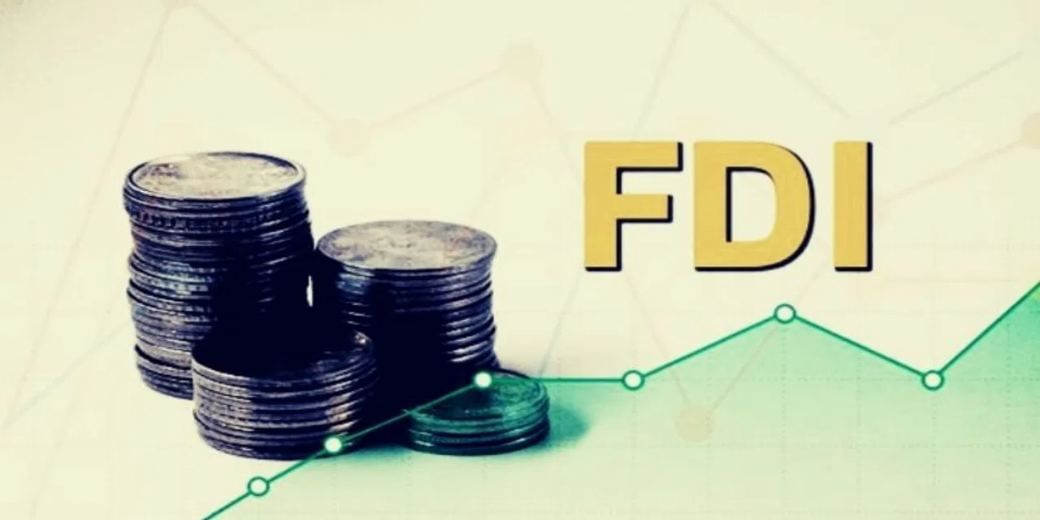India set for FDI tailwinds, indicates UNCTAD
India is aggressively wooing FDI and raising the ease of doing business in the country and China is appearing less attractive to many players in the global arena

The dynamics of foreign direct investment (FDI) is a complex one and though India has suffered declining FDI for some time, times are seen to be changing. Two factors are at play – India is aggressively wooing FDI and raising the ease of doing business in the country and China is appearing less attractive to many players in the global arena and they are actively pursuing a policy to spread their investments in emerging markets.
Last week, in a presentation to the Union finance ministry, the United Nations Conference on Trade and Development (UNCTAD) flagged the developments favouring India, The Economic Times has reported. UNCTAD emphasised that it recently found out that India is one of the top three destinations of FDI in greenfield projects – the most lucrative of investments any government can hope for.
The UN body’s presentation was particularly significant since it came against the backdrop of FDI equity inflows in the country dropping 34% to $10.9 billion in the April-June quarter compared to the same period in 2022. Economists attributed this decline in India’s FDI substantially to the prevailing high interest rates and global economic uncertainty, which, in turn, has impacted mergers and acquisitions activity worldwide.
The UNCTAD outlook and data offered strong indication that India’s efforts in placing itself as a destination for creating new capacities or capacity expansion might be carrying the right signals in right places.
“What we are seeing, in the few months and in specific sectors, is that India is becoming part of the global supply chains. India has been trying to build an environment that is conducive for FDI while also trying to reduce its dependence on China,” said Bibek Debroy, chairman of the Economic Advisory Council to the PM (EAC-PM).
Union finance ministry officials also suggested that these would result in higher inflows of FDI in 2024.
One of the principal tailwinds is the decline of China as a destination. In the July-September quarter, India’s northern neighbour recorded its first quarterly FDI deficit in FDI flows since 1998.
China suffered more outflows of FDI than inflows as tensions rose with the US over semiconductor technology. The State Administration of Foreign Exchange released the figures in balance-of-payments data for the July-September quarter that showed FDI declined by $11.8 billion.
The data for FDI inflow during the April-June quarter this year shows Indonesia attracted $12.6 billion, Brazil 12.2 billion, India 7.4 billion, Vietnam 4.6 billion and South Africa 2.8 billion.
In terms of greenfield investments, India with 1,008 announcements stands at the third position behind the US (2,075 projects) and the UK (1,230 projects). The UAE (997 announcements) and Germany (984 announcements) rank next, according to UNCTAD data for 2022.
The impact of the trend to put eggs in non-China basket has been recognised by all experts.
“As investors are looking for opportunities to generate high returns, the negative trends on FDI in China presents a crucial opportunity for India. To ensure that we avail this opportunity, we must continue to undertake structural reforms and complete the several reforms that were initiated post Covid. The window of opportunity for India to benefit from this negative trend is infinite,” said K V Subramanian, former chief economic adviser and IMF executive director.
He added to another adverse condition in China. “The same demographic dividend that helped China grow significantly from the 1980s onwards has turned negative. Secondly, huge problems in their financial sector with significant bad loans having built up, (and the) real estate sector (is) also facing difficulties with significant oversupply and over investment,” said the IMF honcho. He also cited India’s corporate tax rate and PLI schemes to have created favourable conditions to boost FDI.
“India’s FDI intentions remain high, but like the rest of the world, higher interest rates are biting into FDI investments in India also. One needs to thus distinguish between the challenging outlook in the next six months and a fairly positive view three years out,” remarked Rahul Bajoria, MD and head of EM Asia (ex-China) at Barclays.